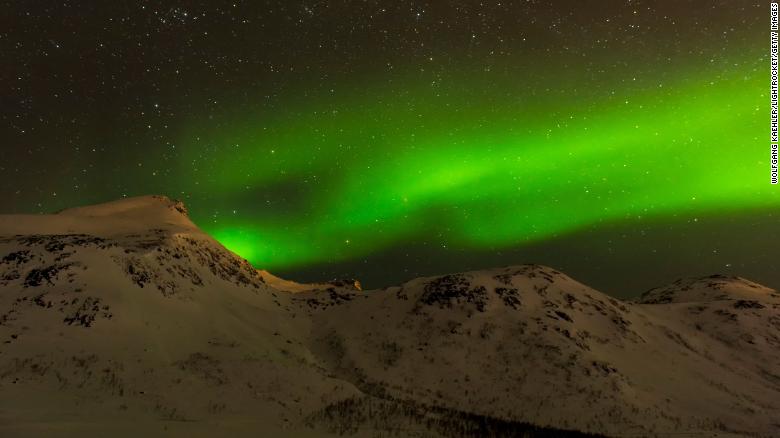
"Archaeology bridges the gap, as it combines a scientific understanding with the cultural exploration of past human life."
Unsplash/Hulki Okan Tabak
Ask most people what archaeology is and you’ll get a mixture of responses involving fossils, funny hats, digging, and bones. It might surprise you to know that archaeology isn’t the tomb raiding that Indiana Jones made it out to be, and that there is much more to it than just finding old things. Even if you are in fact a keen amateur archaeologist, you may never have considered how studying the human past could help preserve its future.
Aside from accepting our fate or waiting for a technological breakthrough that radically alters the way we exist, we have two options in confronting the issue of climate change. The first is that we colonise a new planet. Without overlooking the imperialist undertones of this concept, some archaeologists have studied island colonisation in the past as a model for human exploration beyond our planet. Lessons from the past emphasise that this solution would still require us to adopt a much more sustainable way of life to avoid facing the same threats just a few centuries down the line.
Read the rest of this article...





